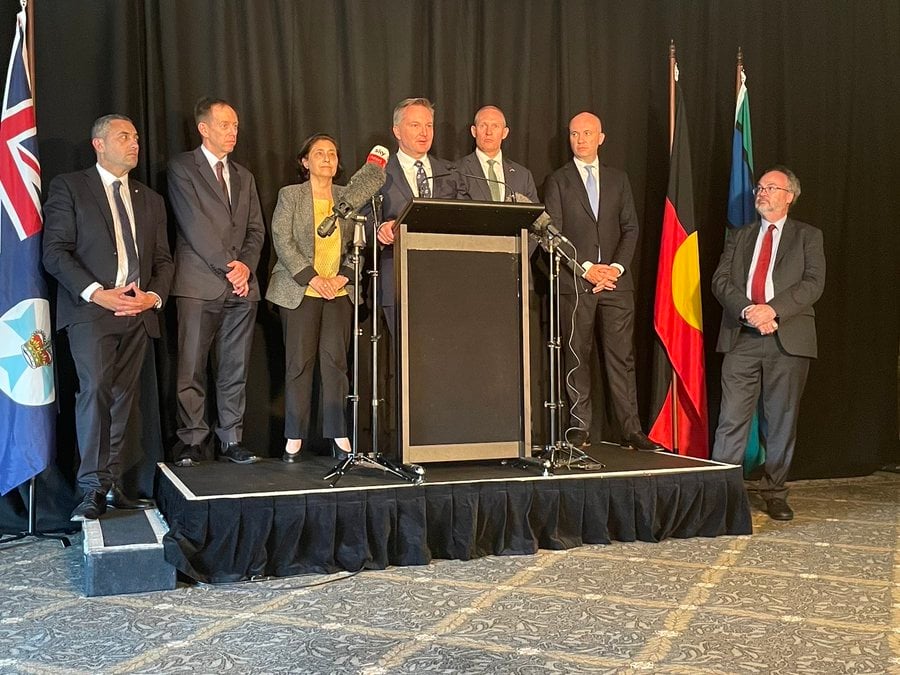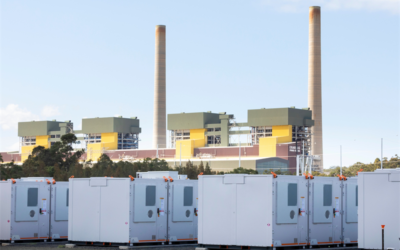
Australia will launch a scheme to incentivise investment in the right mix of low-carbon energy sources and energy storage.
At a meeting led by federal minister for energy Chris Bowen and attended by the country’s state and territory energy ministers, it was decided in principle that tenders for dispatchable energy will be held via a Commonwealth Capacity Investment Scheme.
The scheme aims to “put downward pressure on wholesale energy prices” as well as support the continuing transition away from fossil fuels. The need is especially acute and urgent in light of the ongoing global energy crisis sparked by Russia’s war on Ukraine, a communique from the meeting said.
That said, the fundamental reform to energy markets the scheme’s launch represents has been a topic of discussion in Australia since 2019 as a lever for decreasing coal and gas use while increasing investment in renewables.
Try Premium for just $1
- Full premium access for the first month at only $1
- Converts to an annual rate after 30 days unless cancelled
- Cancel anytime during the trial period
Premium Benefits
- Expert industry analysis and interviews
- Digital access to PV Tech Power journal
- Exclusive event discounts
Or get the full Premium subscription right away
Or continue reading this article for free
The revenue underwriting scheme would be available across all jurisdictions nationally, and ministers believe it can “bring on the right mix of zero emissions dispatchable generation and storage, to meet the needs of the system into the future, at maximum value to communities and consumers”.
Only zero emissions technologies and energy storage will be eligible for the tenders and will be integrated with any existing state-level schemes to avoid duplication or market confusion. The scheme will however be tailored to meet various state’s individual energy transition frameworks, such as the New South Wales Electricity Infrastructure Roadmap that sets out that state’s long-term power system planning.
“After years of talk, Australia’s energy ministers today decided on the capacity scheme to unleash billions of dollars of investment in dispatchable renewable energy,” Bowen tweeted today.
“Thanks to my state and territory colleagues for unanimously agreeing to get on with the renewables job.”
In addition to the Capacity Investment Scheme, which it is hoped can be introduced by mid-2023, the ministers also apparently agreed to introduce a small-scale Renewable Energy Storage Target.
Although this wasn’t mentioned in the communique explicitly, it was referred to by various sources that commented on today’s meeting, including the Smart Energy Council trade association. The council and various other groups in Australia have advocated for a storage target scheme similar to the country’s successful Renewable Energy Target.
The Smart Energy Council called today “a landmark day for renewable energy and renewable energy storage,” which followed nine years of inaction on climate change by successive federal governments.
The national plan now introduced by the Labor Party government, led by Prime Minister Anthony Albanese could take Australia to “82% renewables and beyond,” the council said in a statement sent to media including Energy-Storage.news.
“The Smart Energy Council looks forward to working with all governments on the implementation of the Capacity Investment Mechanism and calls on all governments to now turn their attention to the development and implementation of a national Small-scale Renewable Energy Storage Scheme,” the group said.
Ministers today also discussed a range of other topics, such as a commitment to create a National Renewable Energy Supply Chain Action Plan on manufacturing opportunities by the end of next year, and the progression of a First Nations Clean Energy Strategy. Ministers also emphasised that preparing road and energy networks for electric vehicles should be a priority.
In related news, the state government of Victoria recently stood for re-election successfully on a platform that included ambitious renewable energy and emissions reduction targets, as well as what would be one of the world’s biggest energy storage deployment targets.
The Victorian Labor government led by Premier Daniel Andrews said during election campaigning that it would introduce a 6.3GW energy storage deployment target by 2035.
More to follow…
Energy-Storage.news’ publisher Solar Media will host the 1st Energy Storage Summit Asia, 11-12 July 2023 in Singapore. The event will help give clarity on this nascent, yet quickly growing market, bringing together a community of credible independent generators, policymakers, banks, funds, off-takers and technology providers. For more information, go to the website.





